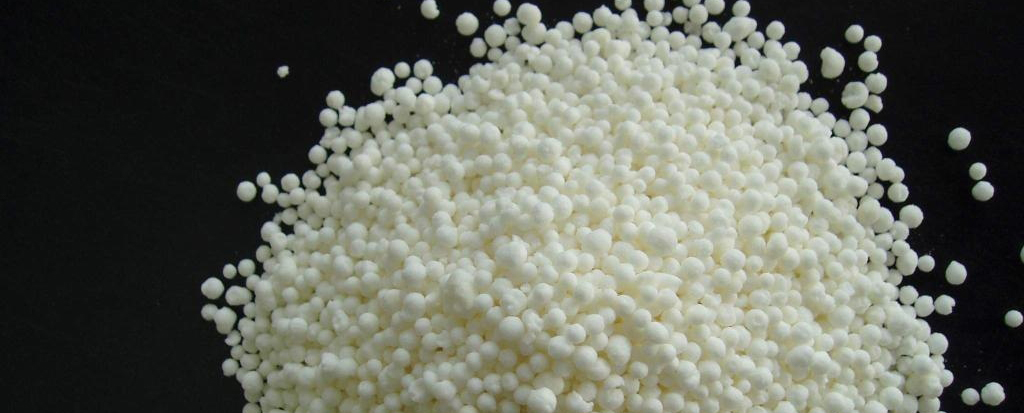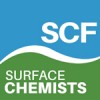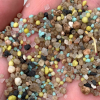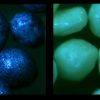
 SCF Presentation at ANNA 2018
SCF Presentation at ANNA 2018
“Detection and Analysis of the Early Stages of Caking Onset”
SCF’s research and development engineer, Dr. Stefan Kelly, presented his work investigating the early stages of caking in prilled ammonium nitrate this past September at the 2018 ANNA conference in Calgary, Canada. This work was aimed to provide a more fundamental study of the soft-set caking behavior in ammonium nitrate.

Figure 1. Process of AN caking through saturated salt solution bridging.
Ammonium Nitrate (AN) prills, like many salt powders and granules, exhibit hygroscopic behavior, meaning they readily adsorb moisture from the surrounding environment. When AN prills adsorb enough moisture a saturated salt solution forms crystal bridges to other prills that are in direct contact. Caking of prills leads to difficulties of handling and transport, even rendering products and equipment unusable. AN prills can experience caking in the presence of moisture, pressure and erratic storage conditions.
An interesting caking phenomenon occurs called soft-set caking, which is different than typical caking which yields solid chucks or bricks of material. In the case of soft-set caking, the prills form a temporary cake after being stationary for a period (in railcars, trucks, silos, etc.). The temporary cake results in difficulty initiating flow, but once the cake is broken the prills flow freely, as usual, but then caking would return when sitting.
In his work, Dr. Kelly adapted established industry test methods as well as created new methods to add a higher degree of quantification to the study of fertilizer caking. These test methods included a sensitive means of measuring the caking forces present in soft-set phenomena under varied caking conditions.

Figure 2. Data set showing the test method sensitivity for measuring the forces in soft-set caking.
Using these sensitive test methods:
- Optimum coating levels were determined that limit soft-set caking.
- The effect of pressure on AN prills to induce caking at various coating levels was explored.
- New coating formulas were examined that reduce the performance issues AN experiences when cycled through its phase transition at 32°C.





